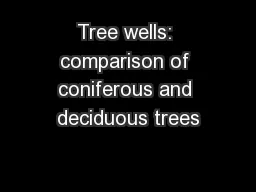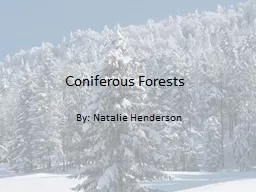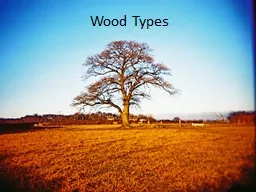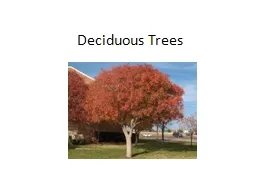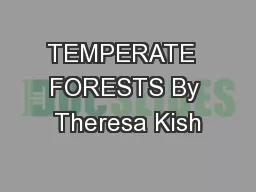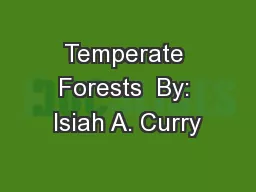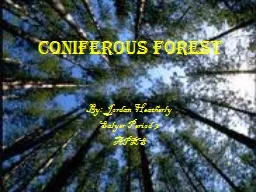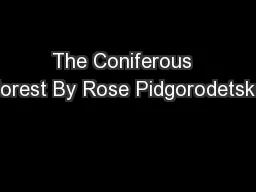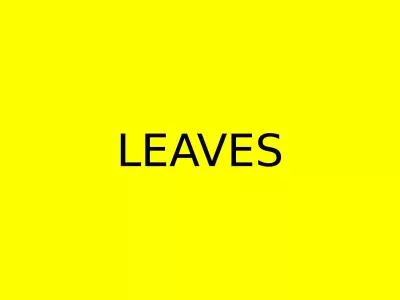PPT-Tree wells: comparison of coniferous and deciduous trees
Author : pasty-toler | Published Date : 2016-09-19
Magali Weissgerber Winter Ecology Spring 2015 CU Mountain research Station Tree wells Wells in snow that form around tree trunks Important for animals soil temperature
Presentation Embed Code
Download Presentation
Download Presentation The PPT/PDF document "Tree wells: comparison of coniferous and..." is the property of its rightful owner. Permission is granted to download and print the materials on this website for personal, non-commercial use only, and to display it on your personal computer provided you do not modify the materials and that you retain all copyright notices contained in the materials. By downloading content from our website, you accept the terms of this agreement.
Tree wells: comparison of coniferous and deciduous trees: Transcript
Download Rules Of Document
"Tree wells: comparison of coniferous and deciduous trees"The content belongs to its owner. You may download and print it for personal use, without modification, and keep all copyright notices. By downloading, you agree to these terms.
Related Documents

